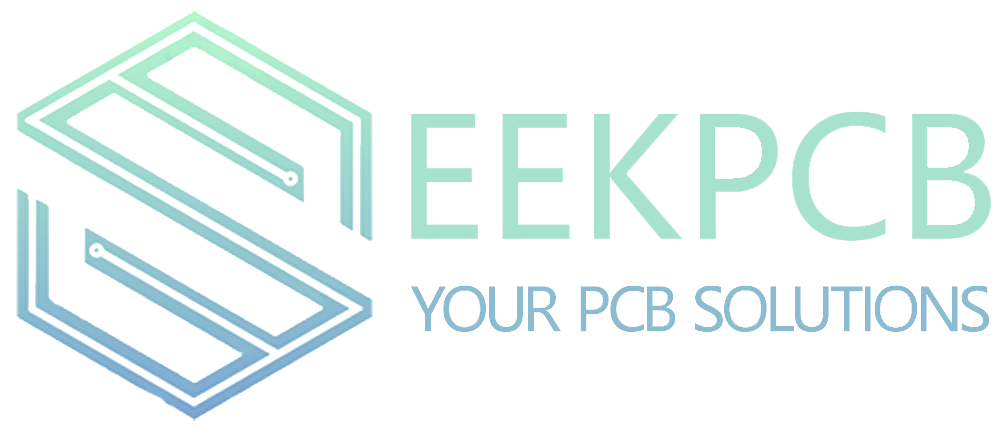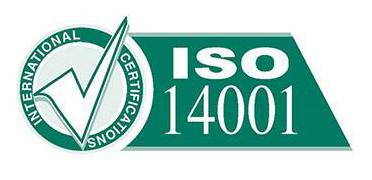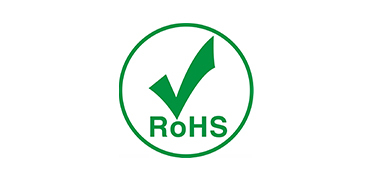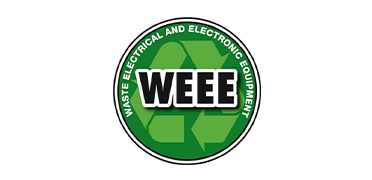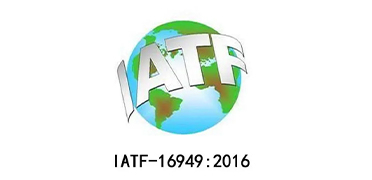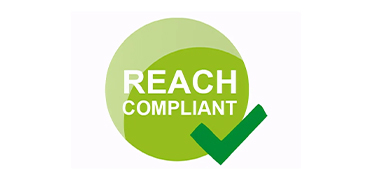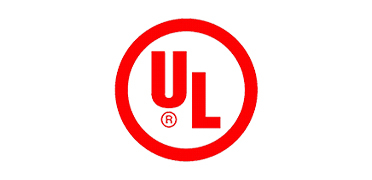







What is high frequency pcb?
High frequency pcb refers to the high frequency circuit board. Special circuit boards with higher electromagnetic frequencies, in general, high frequency boards can be defined as frequencies above 1GHz. The high frequency board comprises a core with a hollow groove and a copper clad board bonded to the upper surface and lower surface of the core board through a fluid adhesive. The upper opening and lower opening edges of the hollow groove are provided with a guard edge.

What is the application of high frequency circuit board?
At present, high frequency and induction heating technology has the highest heating efficiency and fastest speed for metal materials, and low consumption and environmental protection. It has been widely used in hot processing, heat treatment, hot assembly, welding, melting and other processes of metal materials in all walks of life. It can not only heat the whole workpiece, but also heat the local part of the workpiece. The deep diathermy of the workpiece can be realized, and the surface can be heated only. Not only the metal material can be heated directly, but also the non-metal material can be heated indirectly. Therefore, induction heating technology will be more and more widely used in all walks of life. Its physical properties, accuracy and technical parameters are very high, and it is often used in automotive anti-collision systems, satellite systems, radio systems and other fields. The high frequency of electronic equipment is the development trend.
What is the material of high frequency pcb?
Made of materials with high dielectric constant and low high frequency loss. At present, the most commonly used high frequency board substrate is a fluorine dielectric substrate, such as polytetrafluoroethylene (PTFE), usually known as Teflon, which is usually used above 5GHz. In addition, there are FR-4 or PPO substrates, which can be used for products between 1GHz and 10GHz, and the physical properties of these three high frequency substrates are compared as follows.
At this stage of the use of epoxy resin, PPO resin and fluorine resin these three categories of high frequency substrate materials, the cost of epoxy resin is the cheapest, and fluorine resin is the most expensive. Considering dielectric constant, dielectric loss, water absorption and frequency characteristics, fluorine resin is the best, and epoxy resin is worse. When the frequency of the product application is higher than 10GHz, only fluorine resin printed boards can be applied. Obviously, the performance of fluorine resin high frequency substrate is much higher than other substrates, but its shortcomings are poor rigidity and large thermal expansion coefficient in addition to high cost. For polytetrafluoroethylene (PTFE), in order to improve performance, a large number of inorganic substances (such as silica SiO2) or glass cloth is used as a reinforced filling material to improve the rigidity of the substrate and reduce its thermal expansion. In addition, due to the molecular inertia of polytetrafluoroethylene resin itself, it is not easy to bond with copper foil, so it is necessary to bond with copper foil special surface treatment. The treatment method includes chemical etching or plasma etching on the polytetrafluoroethylene surface to increase the surface roughness or adding a bonding film layer between the copper foil and the polytetrafluoroethylene resin to improve the bonding force. However, it may have an impact on the performance of the medium, the development of the entire fluorine high frequency circuit board, the need for raw material suppliers, research units, equipment suppliers, PCB manufacturers and communication product manufacturers and other aspects of cooperation, in order to keep up with the rapid development of the field of high frequency circuit board needs.
What are the basic characteristic requirements for high frequency substrate material:
1. The dielectric constant (Dk) must be small and very stable, usually the smaller the better. The transmission rate of the signal is inversely proportional to the square root of the dielectric constant of the material, and high dielectric constant is easy to cause signal transmission delay.
2. The dielectric loss (Df) must be small, which mainly affects the quality of signal transmission, and the smaller the dielectric loss, the smaller the signal loss.
3. Try to be consistent with the coefficient of thermal expansion of the copper foil, because inconsistency will cause the copper foil to separate in the change of cold and heat.
4. Low water absorption, high water absorption will affect the dielectric constant and dielectric loss when damp.
5. Other heat resistance, chemical resistance, impact strength, peeling strength, etc., must also be good.
What is the requirement of high frequency board production?
Drilling:
1. The drilling feed speed should be slow to 180 /S and use a new drill nozzle, the upper and lower pad aluminum sheet, the best single PNL drilling, the hole can not meet water.
2. After the full hole agent PTH hole template can be concentrated sulfuric acid (preferably not) 30Min.
3. The ground board, copper plating and circuit will be made same as the normal double layer pcb production.
4. Special attention: high frequency board does not need to remove glue residue.
Soldermask:
1. If the high frequency board needs green oil primer, it is not allowed to grind the board before solder resistance.
2. If the high frequency board needs to print green oil on the substrate, it should print green oil twice (to prevent green oil foaming on the substrate), and the board cannot be ground before etching and tin removal, and can only be air dried. For the first time, use 43T screen plate to normally print segment baking board: 50 degrees 50 min 75 degrees 50 min 95 degrees 50 min 120 degrees 50 min 135 degrees 50 min 150 degrees 50 min, with circuit film exposure, the board can be ground after development, and the second normal production. Note required in MI: circuit film alignment for the first base.
3. If the high frequency board needs to print green oil on some substrates and without it on other substrates, the "base film" needs to be produced, and the base film only retains the green oil on the substrate, and then carries out the second normal production after the bottom baking board.
HASL
It should be baked at 150 degrees for 30Min before spraying tin.
SeekPCB is one of the high frequency pcb manufacturer, and specialized in the development and production of electronic circuit boards, mainly to undertake multi-layer, high-density, special board mass production, and quick turn business.
+86-18925293263
